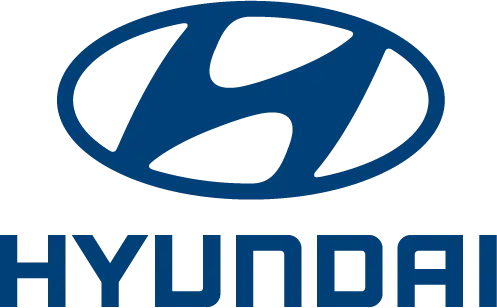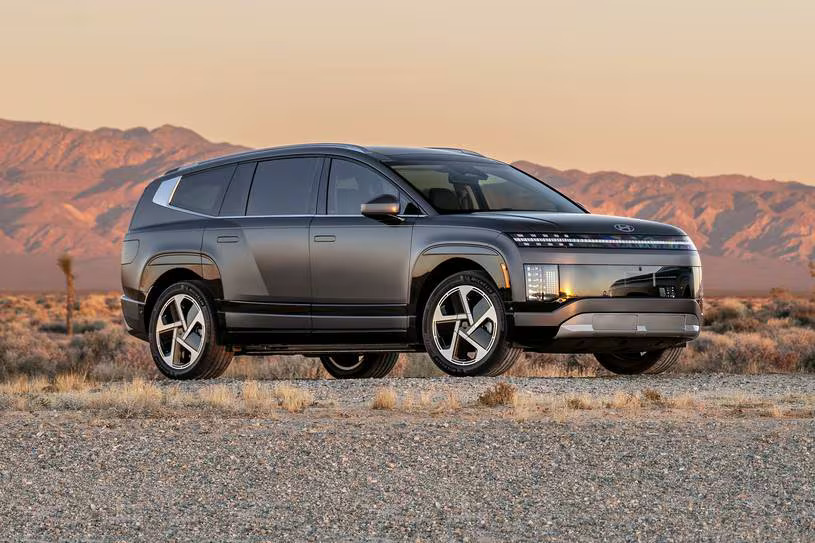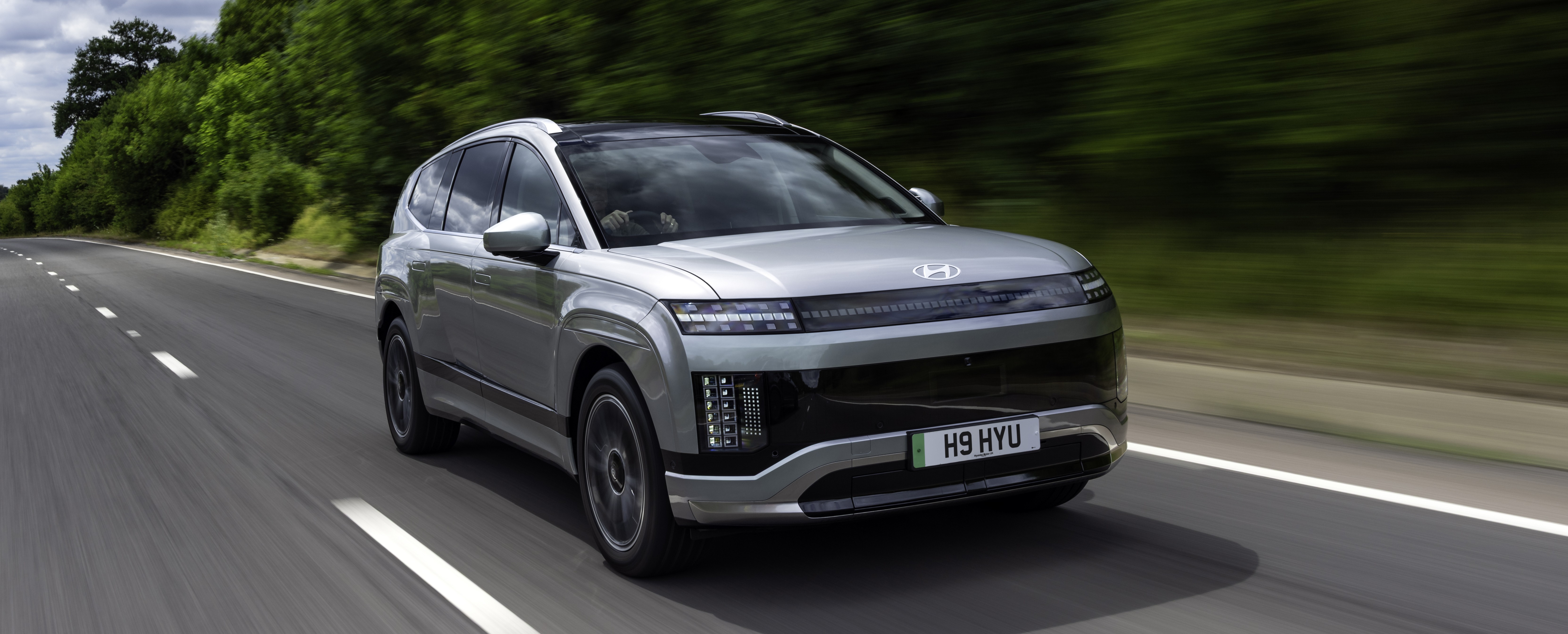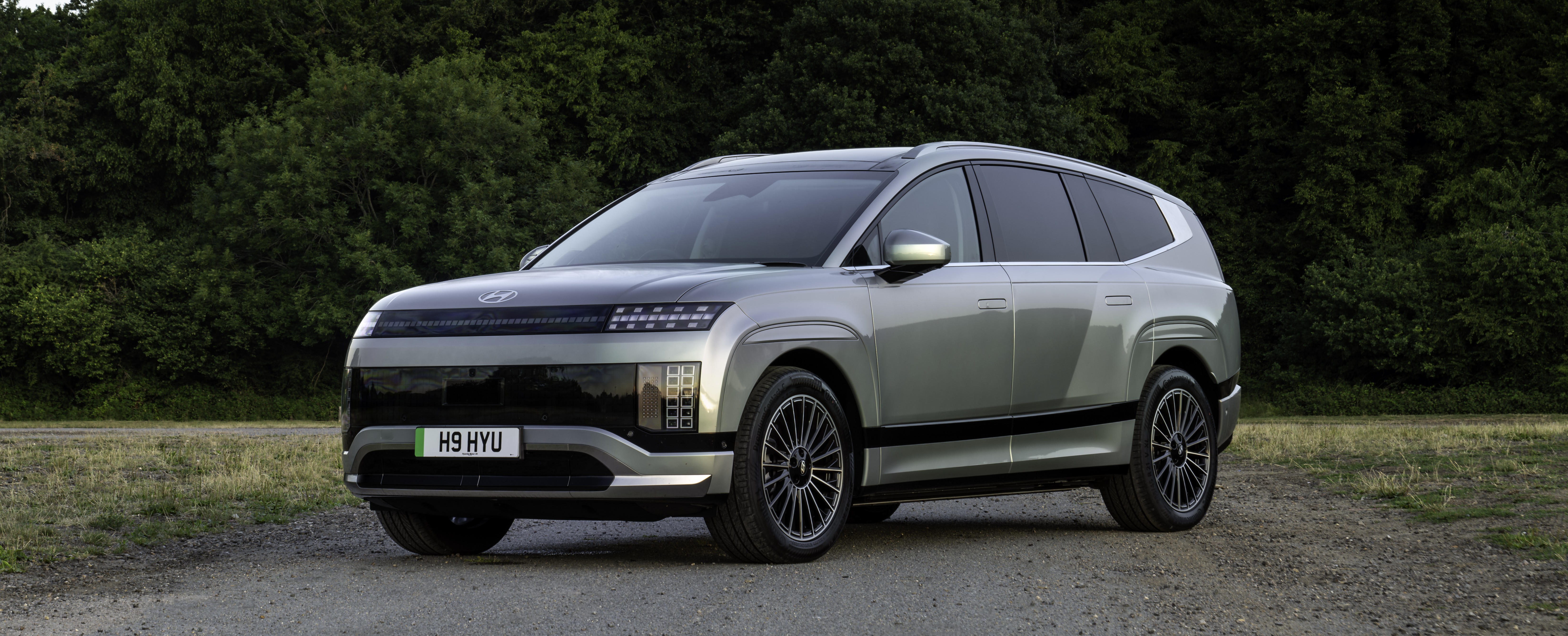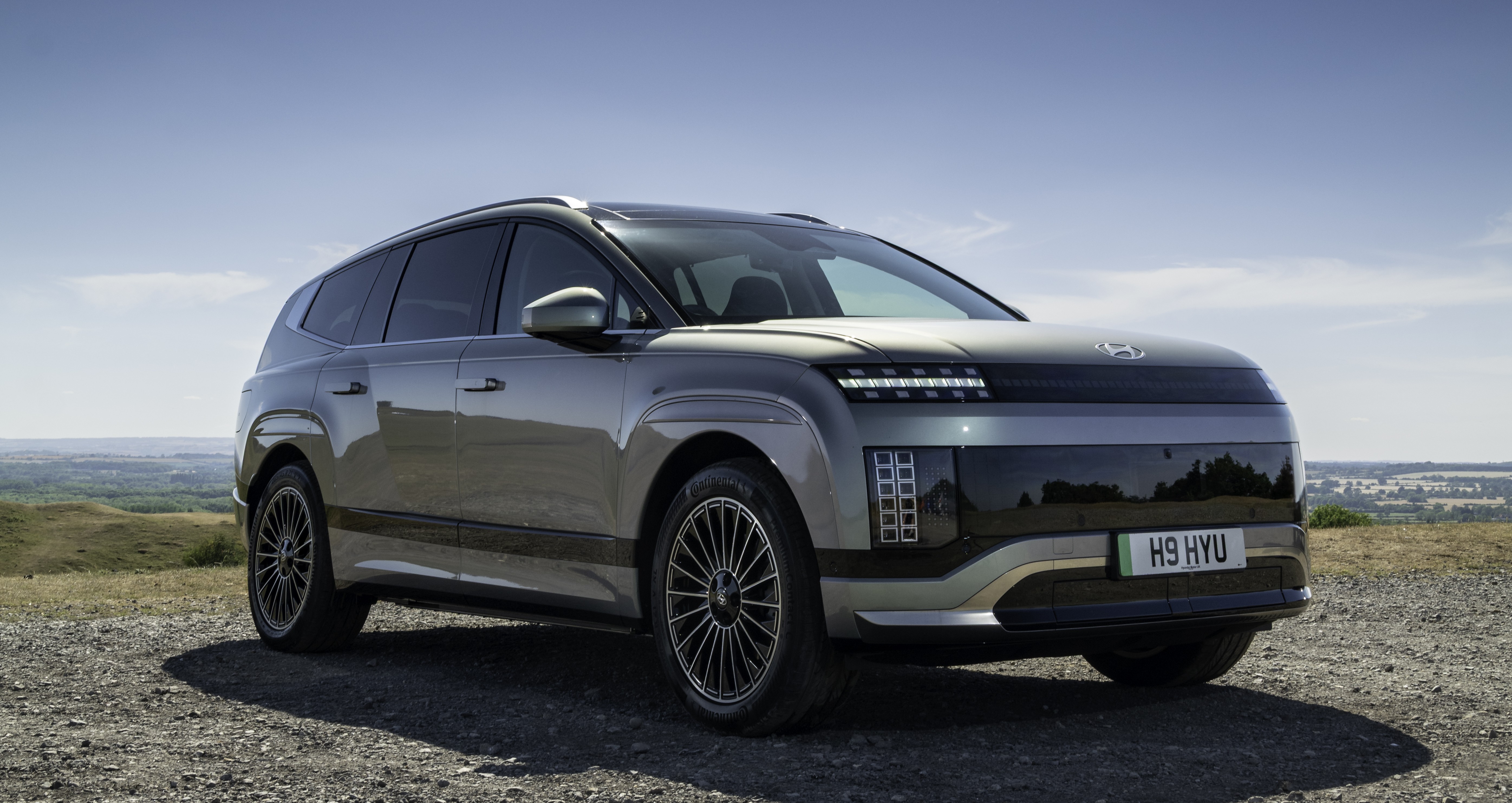Tesla's Minimalist Approach
The Tesla Model Y's interior, while impressive, follows a different philosophy.
It is defined by a stark, minimalist aesthetic, with a single, large touchscreen dominating the dashboard and an all-glass roof creating an airy, open ambiance.
Its storage solutions are clever, and with the rear seats folded, it offers a respectable 76 cubic feet of total cargo space.
However, this design choice prioritizes a streamlined, software-centric user experience over the sheer, family-focused flexibility offered by Hyundai.
The Model Y feels like a scaled-up technology product, an extension of the Model 3 sedan's ethos.
The IONIQ 9, by contrast, is designed as a true, no-compromise replacement for a traditional large SUV.
It doesn't ask families to adapt to a new, minimalist paradigm; instead, it uses electric vehicle technology to enhance the space, comfort, and utility they already depend on.
For the Oklahoma family upgrading from a gas-powered SUV, the IONIQ 9 offers a more natural, intuitive, and ultimately more practical transition to electric driving.
